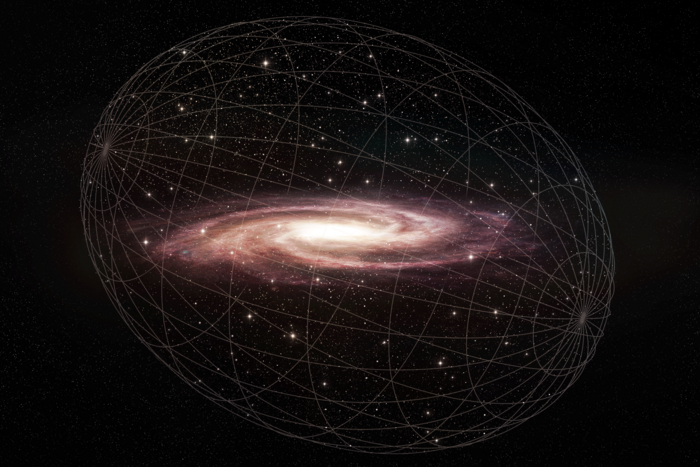The halo of stars that surrounds the Milky Way has an elliptical and elongated shape similar to a watermelon, not spherical as it had always been imagined: this indication, useful for better directing the 'hunt' for dark matter, emerges from a study published in The Astronomical Journal by researchers at the Harvard-Smithsonian Center for Astrophysics in the United States.
The stellar halo of the Milky Way is the visible portion of the so-called 'galactic halo', that region of space that surrounds spiral galaxies like ours and which is dominated by invisible dark matter, whose presence is measurable only through the gravity that exercises.
Probing the shape of the stellar halo of the Milky Way is a difficult undertaking because we find ourselves immersed within it.
The turning point came in 2013 with the launch of the European Space Agency's (ESA) Gaia telescope, which made it possible to make the most precise measurements ever obtained to calculate the position and movements of thousands of distant stars.
These data have been crossed with those obtained from the research program H3 (Hectochelle in the Halo at High Resolution),
Thanks to this data, "we now know that the textbook image that describes our galaxy as embedded in a spherical volume of stars must be thrown away," says astronomer Charlie Conroy.
The inclination and distribution of the stars in the halo are in line with one of the leading theories regarding its formation.
According to this model, the stellar halo would be the result of the collision of the Milky Way with a solitary dwarf galaxy (called Gaia Enceladus), which took place about 7-10 billion years ago.
After all this time the stars should have arranged themselves in a spherical manner: if they didn't, it is probably due to the galactic halo which could itself have an irregular shape:












